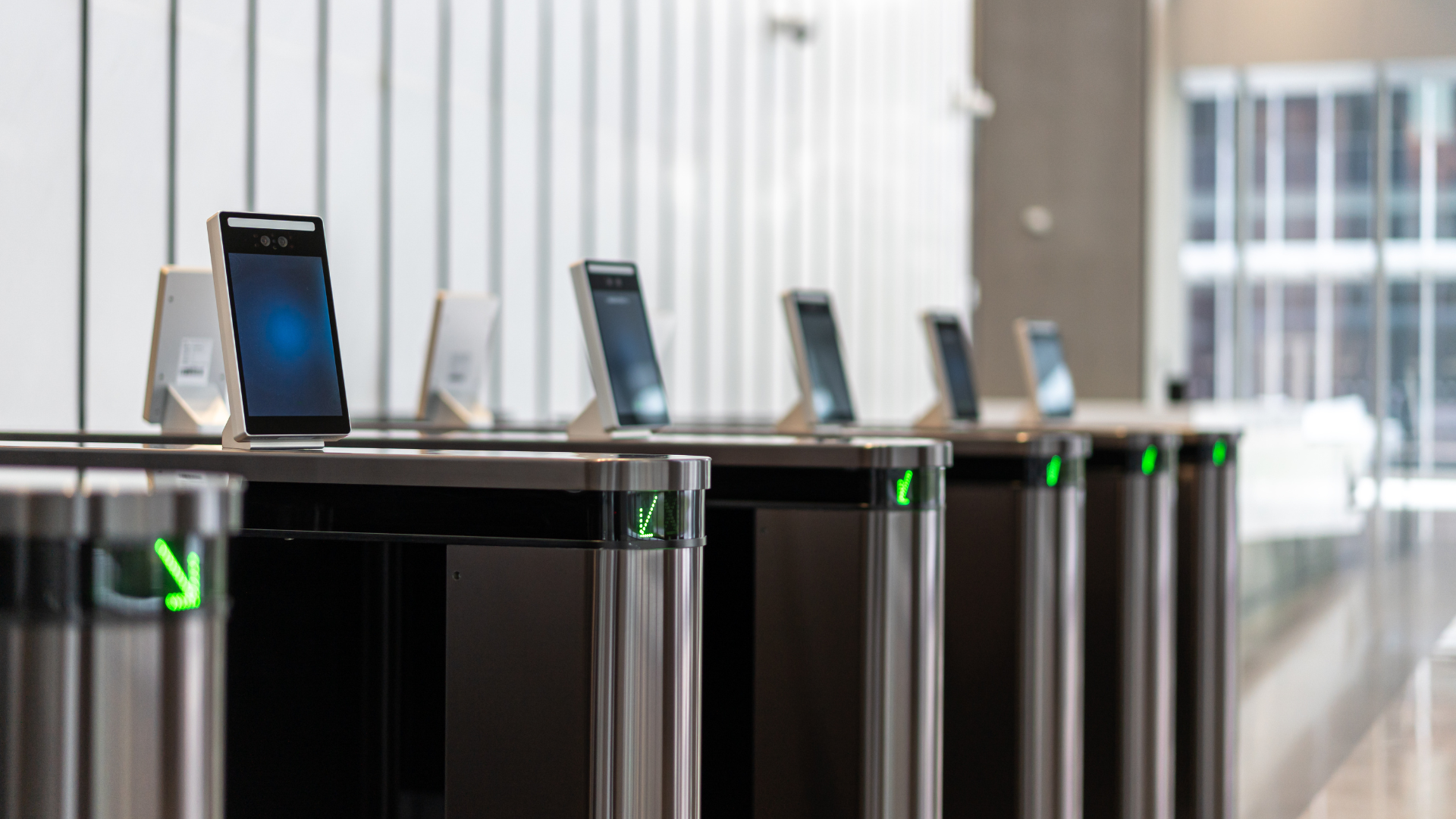Corporate Security Essentials: Protecting Your Office Space in the Digital Age

Introduction:
In the digital age, corporate security extends far beyond locking doors and installing alarms. Today’s office spaces require a comprehensive security approach that blends physical safeguards with digital fortifications. At www.wossuk.com, we understand the complexities of modern corporate security and are dedicated to guiding businesses through the maze of available options. This blog post explores the essentials of corporate security in the digital age, offering insights into protecting your office space against a myriad of threats.
Physical Security in the Modern Office
The foundation of corporate security is robust physical protection. While technology has advanced, the importance of securing the physical premises of an office cannot be understated.
- Access Control Systems: Implementing advanced access control systems ensures that only authorised personnel can enter your office spaces. These systems range from key card entry to biometric solutions like fingerprint or facial recognition.
- Surveillance Systems: CCTV cameras serve as both a deterrent and a means of recording any security breaches. Modern surveillance systems can be integrated with other security measures for enhanced protection.
- Visitor Management: Keeping track of who enters and exits the office space is crucial. Digital visitor management systems offer a secure way to log visits and maintain records for future reference.
Cybersecurity: The Digital Shield
As businesses increasingly rely on digital infrastructure, cybersecurity has become a non-negotiable aspect of corporate security.
- Network Security: Implementing robust firewalls, anti-virus software, and regular network assessments can protect your business from cyber attacks.
- Data Protection: Safeguarding sensitive corporate data is paramount. Encryption, secure data storage solutions, and strict data access policies are key to preventing data breaches.
- Employee Training: One of the weakest links in cybersecurity is human error. Regular training sessions for employees on security best practices can significantly reduce the risk of breaches.
Integrating Physical and Digital Security Measures
The most effective corporate security strategy integrates physical and digital measures into a cohesive plan.
- Unified Security Protocols: Ensuring that physical and digital security protocols complement each other is essential for a holistic security approach.
- Regular Audits and Updates: Continuous assessment and updating of security measures keep your corporate security strategy aligned with the latest threats and technological advancements.
- Emergency Response Planning: Having a clear and practised emergency response plan for both physical and digital security incidents ensures prompt and effective action when needed.
Emerging Trends in Corporate Security
Staying ahead in the field of corporate security means being aware of emerging trends and adapting to them swiftly.
- Artificial Intelligence and Machine Learning: AI and ML are revolutionising the way security systems operate, from predictive threat analysis to automated responses to security incidents.
- Internet of Things (IoT) Security: As more devices become interconnected, securing IoT networks becomes critical to prevent vulnerabilities in office environments.
- Remote Work Security: With the rise of remote working, securing off-site connections and ensuring the security of remote work environments is a new challenge for corporate security.
Creating a Culture of Security Awareness
A robust security system is as effective as the people who use it. Creating a culture where every employee is aware and invested in security is vital.
- Regular Training and Drills: Conducting regular training sessions on security protocols and emergency drills can keep security at the forefront of employees’ minds.
- Incentivising Security Best Practices: Recognising and rewarding adherence to security protocols can motivate employees to take security seriously.
- Open Communication: Encouraging employees to report suspicious activities or potential security weaknesses can lead to a more secure office environment.
Legal and Compliance Aspects of Corporate Security
Navigating the legal landscape is an essential component of corporate security, especially in the digital realm.
- Understanding Data Protection Laws: Keeping abreast of data protection laws, such as GDPR, is crucial for compliance and avoiding legal ramifications.
- Regular Compliance Audits: Conducting regular audits to ensure all aspects of corporate security meet legal and industry standards.
- Collaboration with Legal Experts: Working closely with legal experts to ensure that your security measures are not just effective but also compliant with current laws.
Advanced Security Solutions for Specific Threats
Customising your security solutions to address specific threats can significantly enhance your corporate security strategy.
- Anti-Phishing Tools: Implementing advanced anti-phishing tools to protect against email-based threats.
- Insider Threat Management: Solutions for detecting and managing risks posed by insiders, such as employees or contractors.
- Advanced Perimeter Security: Utilising cutting-edge technology for perimeter security, including drones and smart fencing, to prevent physical breaches.
Conclusion
In the digital age, corporate security is a dynamic and multifaceted challenge that requires a blend of technological prowess, employee awareness, and adherence to legal standards. By staying abreast of emerging trends, fostering a culture of security, and tailoring solutions to specific threats, businesses can build a resilient defence against both physical and digital dangers. www.wossuk.com is your partner in this journey, offering expertise and solutions that keep your office space secure in an ever-evolving world.
Check out our Instagram.
